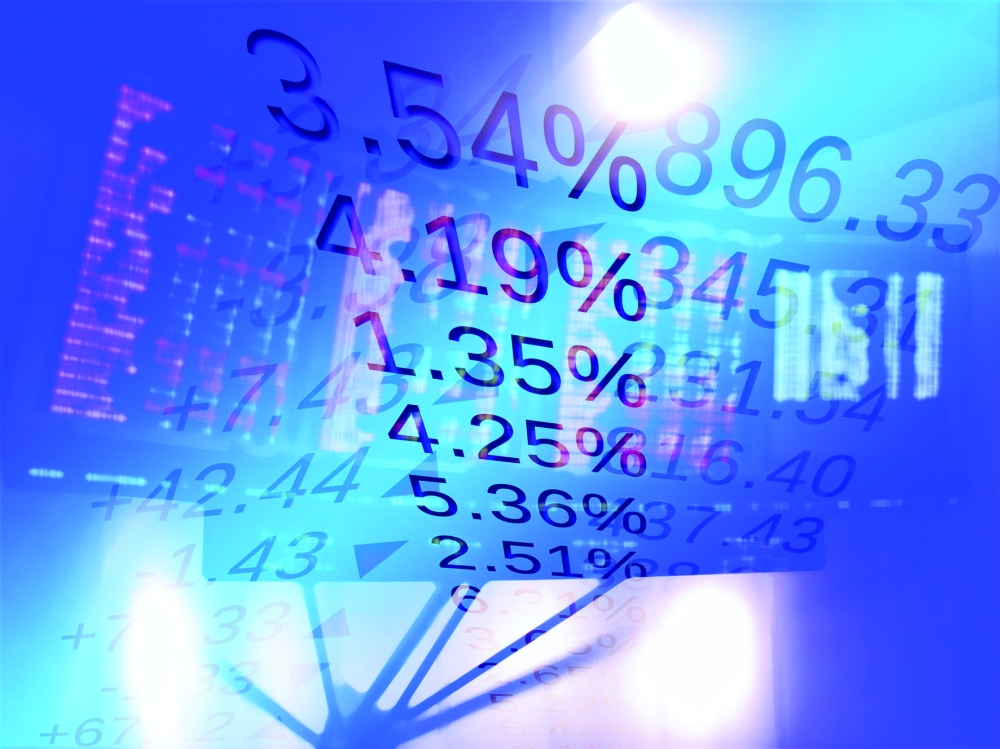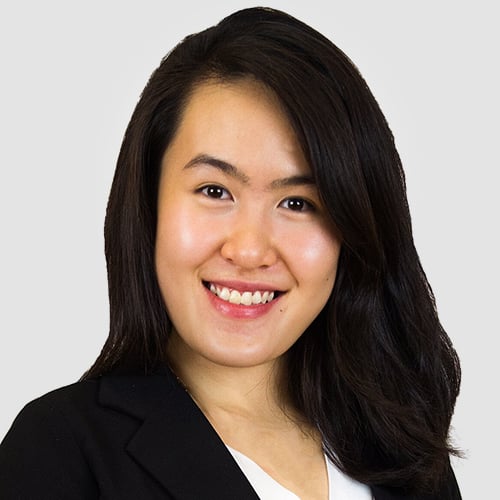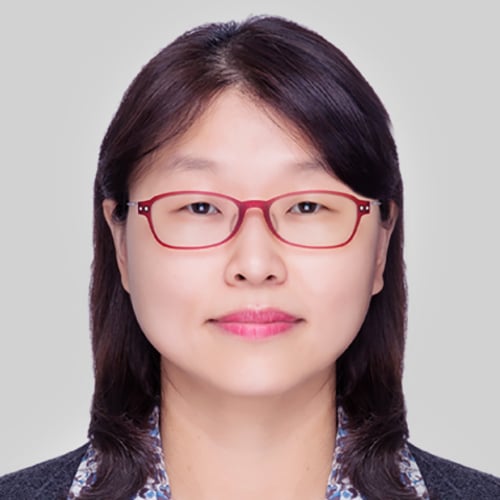
Few fixed income markets in Asia are driven as much by whims of regulators as Taiwan’s international Formosa bond market. Virtually non-existent until 2014, the market is now one of the largest US-dollar bond markets in Asia. Issuers are drawn to the market by its pool of liquid life insurers, which (thanks to regulation passed in June 2014) are able to treat bonds by international issuers issued in Taiwan and denominated in US-dollar and renminbi as local securities.
In 2016, foreign issuers raised more than US$45 billion in the local market, nearly double the total in 2015. But just as quick at a change in regulation had sparked life into the market, a tightening of the rules was thought to put an end to its remarkable growth.
Following a bumper month in March, which saw issuers including Apple, Vodafone, Pfizer and AT&T raise a record US$8 billion, volumes dropped to just below US$2 billion in April.
Leon Huang, head of fixed income at Sinopac Securities, explains: “The Formosa market in Taiwan [was] quite active because of the [impending] regulation on Formosa bonds that requires the non-callable period of Formosa bonds to exceed four years in the primary market. So a lot of issuers come to the bond market before the regulation was issued.”
Ever since the market came to life, international issuers had preferred 30-year zero coupon bonds with non-callable periods ranging from one to 10 years. In 2016, nearly 70% of international US-dollar bonds featured this structure. Nearly half of them had non-callable terms of less than four years.
At implied internal rate of returns of about 4.5% on average, these zero coupon bonds were attractive investment vehicles for Taiwan’s life insurers nonetheless. Around 80% of Formosa bonds are owned by this group of investors. While attractive from a yield perspective, the short non-callable features of the securities did not suit the maturity profiles of their policies well.
“There are some critics in the market saying that life insurance companies are buying these bonds and facing the reinvestment risks,” says Huang. “Life insurance companies are facing the pressure. [Where possible] they try not to invest in callable bonds, instead, they buy long tenor Eurobonds,” he adds.
An analysis by global asset manager Pimco finds that the call option embedded in these bonds is either partially undervalued or completely ignored. The duration risk that insurers bear as a result of these investments is therefore not appropriately rewarded in the form of yield. This is important as most bonds are indeed called by issuers as early as allowed by the structure. For illustration, 25 bonds with outstanding value of US$6.8 billion were called in the first nine months of 2016.
In June, the Insurance Bureau of the FSC thus introduced the anticipated rule by prohibiting insurers to purchase callable bonds that are redeemable in less than five years from the date of issuance.
The impact on the market has been much less dramatic than observers made out before, though. As at end of October, the Formosa market saw issuance of US$37 billion – just US$5 billion less than the comparative period in 2016. After a quiet second quarter, the second half of the year witnessed stronger volumes and a strong pipeline for the rest of the year could bring annual levels in line with previous years.
Two characteristics have helped mitigate the impact of stricter rules. First, demand continues to be strong among local insurance companies as other means to invest in foreign currency securities that match their policies are scarce without breaching limits on overseas investments. Secondly, US corporate issuers continue to value tax opportunities arising from issuing in the Taiwan market. By selling bonds, earnings before tax are reduced – and so is their tax bill in their home jurisdiction. If these bonds also finance dividend payments, the recipients of these dividends benefit from the so-called dividends received deduction (DRD) in the US. The DRD reduces the tax base of dividends liable to corporation tax by between 70% and 100%. Dividends are generally exempt from corporation tax in countries including the UK as well.
Pair these benefits with a market that is flush with cash-rich insurers which do not require the issuer to pay extra yield in exchange for the flexibility to call their bonds after five years (rather than 30) and Taiwan is set to remain a top destination for corporates seeking to raise US-dollar.





.jpg)
.jpg)


